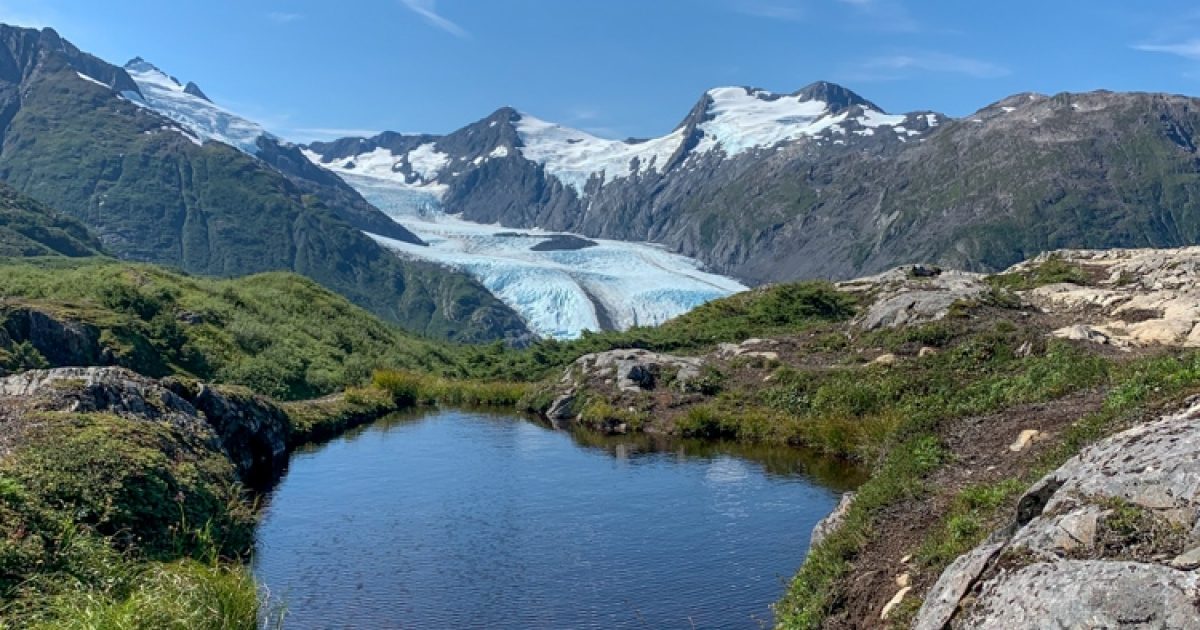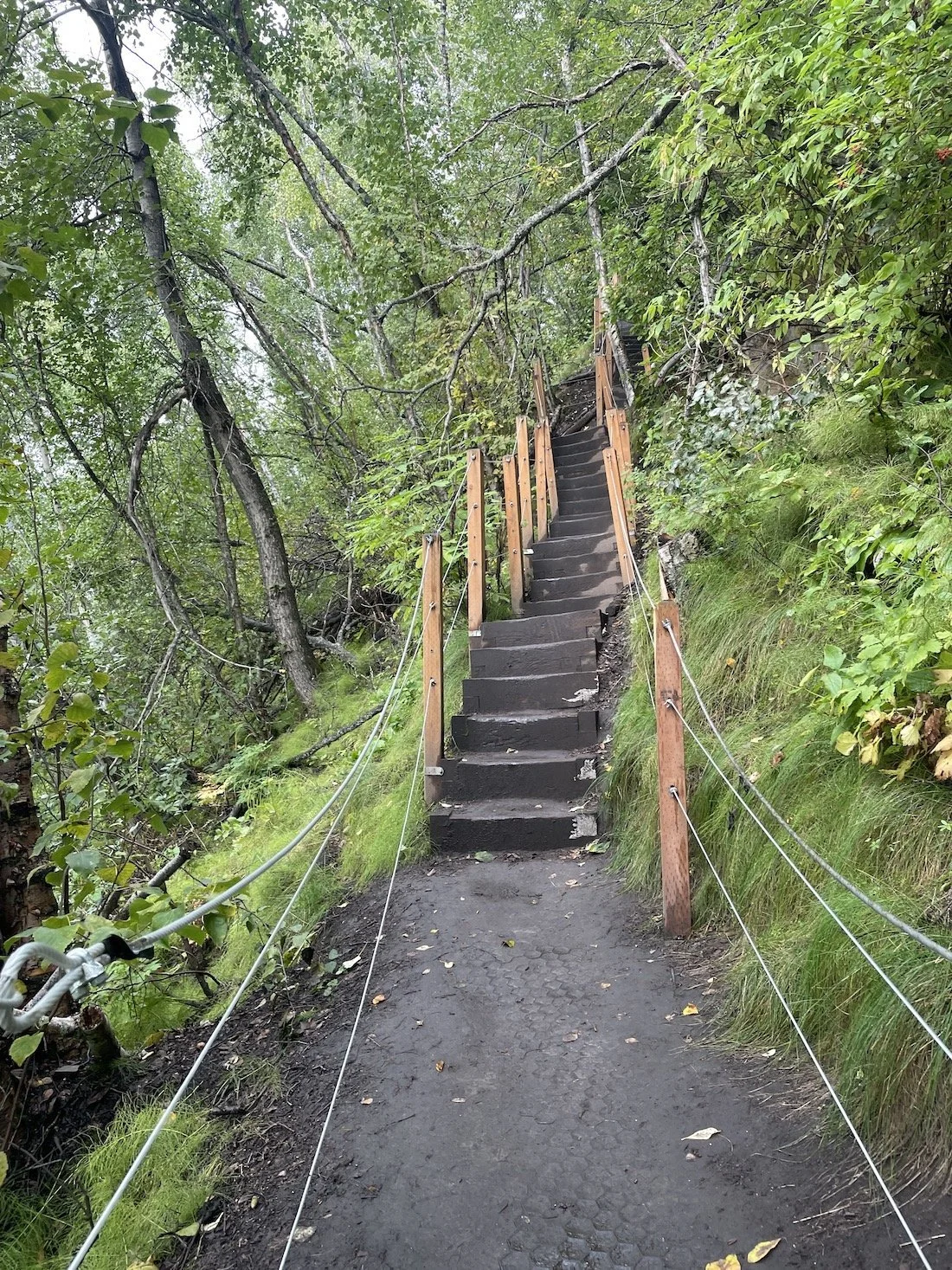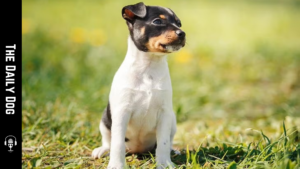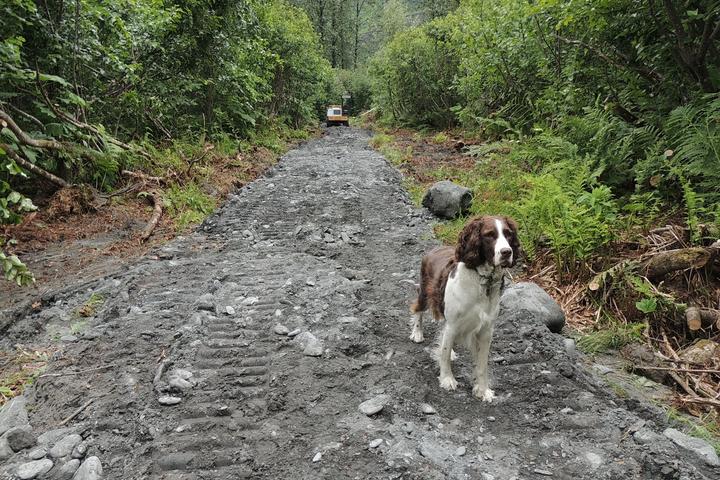Alaska’s wild landscapes aren’t just for humans, many trails welcome our four-legged friends, offering unforgettable views and shared adventure. Whether you’re looking for a moderate day-hike or a scenic stroll, here are some of the best dog-friendly trails in Alaska, including three standout options where dogs are explicitly allowed: the Portage Pass Trail, the Bodenburg Butte Trail (via West Butte), and the Reed Lakes Trail. Each offers unique terrain, spectacular views, and an opportunity to deepen the bond with your dog in the great Alaskan outdoors.
Why hiking with your dog in Alaska is worth it
Hiking with your dog brings a number of benefits, physical, emotional, and relational. For dog-owners in Alaska especially:
Dogs thrive in open terrain, fresh air, and adventure. A trail day together strengthens your connection and gives your dog enriching stimulation.
Alaska’s trails often combine wilderness, lakes, mountains and alpine scenery, ideal backdrops for memorable outings (and dog-friendly photo ops).
Many trails explicitly welcome dogs (sometimes off-leash or under voice control) which means fewer restrictions and more freedom for your companion to explore (safely).
Bringing your dog also demands a bit more planning, extra water, waste bags, wildlife vigilance, leash rules, etc. but the payoff is huge: a shared journey through wild country.
Before you hit the trail, keep in mind: leash and wildlife rules matter. Alaska’s wilderness comes with bears, moose, and rugged terrain. Online forums remind us that even in dog-friendly spaces, leashes or strong voice control are critical. City-Data+2Reddit+2
Trail #1: Portage Pass Trail



Overview
Located in the Portage Valley near Whittier (just under around an hour from Anchorage), the Portage Pass Trail is a scenic moderate trek that ends at the shore of Portage Lake, across from the dramatic ice wall of Portage Glacier. According to one source, “Both kids and dogs can easily navigate this trail, making it a family-friendly adventure.” Visit Girdwood+1AllTrails lists it among dog-friendly trails, noting dogs are welcome and may be off-leash in some sections. AllTrails.com+1
Why it works for dogs
The route begins with a steady ascent, then opens up into glacial lakeshore terrain offering both forest shade and open vistas.
Dogs can enjoy exploring the gravel lakeshore, sniffing the glacier-fed air, and cooling off near water (if conditions permit).
Because the hike is well-used, there are lots of friendly hikers with dogs, which can make for a sociable outing, just ensure your dog is comfortable around other dogs.
Key details & tips
Length: ~4–5 miles round-trip, elevation gain around 1,400–1,800 ft depending on start. onX Maps+1
Time: Plan for 2½–4 hours depending on pace and dog participation.
Leash/off-leash: Some sources say dogs may be off-leash in parts with voice control; others advise leashes. Always default to leash until you’re sure. AllTrails.com+1
Terrain caution: The final approach to the lake is gravel and possibly icy depending on season.
Parking: The trailhead is reached via the Whittier Tunnel and ends by Portage Lake. Arrive early in summer to secure a spot.
Wildlife & safety: Keep dog under control; glacier lakeshores may attract birds or wildlife.
Season: Best between late spring and early fall. Snow may linger at higher elevations early season. Hepper Pet Resources
Recommended for:
Dog-owners wanting a moderate hike with glacier views, open space, and a mixture of woods and lakeshore, suitable for dogs who are comfortable with moderate ups and downs and good footing.
Trail #2: Bodenburg Butte via West Butte Trail



Overview
Just north of Palmer in the Matanuska-Susitna Valley, the Bodenburg Butte (West Butte Trail) is a shorter, steeper hike that rewards with sweeping valley views. Dogs are explicitly allowed (on leash) here. Mat-Su Trails & Parks Foundation+1 With about 1–1.5 miles each way (depending on route) and a climb up stairs or steep cut, it offers a quicker, high-payoff outing.
Why it works for dogs
The shorter distance is ideal for dogs that may not be up for longer alpine treks.
The climb and open summit provide excellent freedom for your dog to look out, sniff, recharge, and reward themselves at the top.
Because the hike is popular, the path is well-maintained, and amenities (parking etc) are easier than remote trails.
Key details & tips
Distance: Approx ~1.5 miles round-trip to the summit (some sources say 1.0 mile out-and-back) with elevation up to ~874 ft. ALASKA.ORG+1
Dog policy: Dogs are allowed but must be on a leash. Narrow stairs mean less room for off-leash running. Fun Family Finds
Terrain: The trail includes ~505 stairs (north face loop) or steep hillside options. Be confident your dog can handle stairs and descent safely. ALASKA.ORG
Best time: May–October recommended. Mat-Su Trails & Parks Foundation
Parking: Trailhead parking is limited; aim for early arrival.
Safety & etiquette: Dogs on leash, give way to uphill hikers, manage your dog on stairs (some dogs may hesitate).
Summit reward: Great photo opportunity, a perfect finish for you and your pup.
Recommended for:
Dog-owners based in Palmer/Mat-Su valley looking for a shorter, steep hike with big views and a manageable time commitment, perfect for energetic dogs or quick nature escapes.
Trail #3: Reed Lakes Trail

Overview
Located in the Hatcher Pass area (near Palmer), the Reed Lakes Trail is a classic Alaska alpine hike, longer, more rugged, and highly scenic. Dogs are permitted, though the terrain becomes challenging for some dogs in the upper sections. Adventures of A+K+1
Why it’s worthwhile for dogs (with caveats)
The trail winds through lush forest, along streams, and climbs into alpine valleys with crashing waterfalls and reflective lakes, beautiful for humans and exhilarating for dogs.
Many dogs will love the varied terrain, water crossings, and open summits.
For a strong, well-conditioned dog used to hiking and uneven terrain, this is a special treat.
Key details & tips
Distance: ~8.6 miles round-trip (approx 4.3 miles each way) with elevation gain ~2,000 ft. Alaska Department of Natural Resources+1
Terrain caution: The final section involves a boulder scramble, large unstable rocks and crevices. One guide says: “Though children may delight in this maze of rocks, dogs … may find it hard going.” ALASKA.ORG
Dog policy: Dogs welcome, may be off-leash in some parts, but leash or strong voice control highly recommended due to terrain and wildlife. AllTrails.com+1
Parking & trailhead: Road out to trailhead is unpaved and rough in spots; arrive early. Reddit
Season & conditions: Snow and rockfall may persist into summer; check conditions. Reddit
Suitability: Best for dogs that are sure-footed, older than puppyhood, and used to multi-mile hikes and rough terrain.
Suggested modifications for dogs
If your dog is newer to hiking or you’d prefer a lighter outing, consider hiking only the lower section of Reed Lakes (to Lower Reed Lake) rather than going all the way to Upper Lakes. This reduces the scramble section and allows a scenic outing without the hardest terrain. AllTrails.com+1
Recommended for:
Experienced dog-owners with capable dogs who are comfortable in alpine terrain, or those seeking a full-day hike with big scenery and willing to take the necessary precautions.
Additional Dog-Friendly Trail Considerations
Leash & wildlife etiquette
Alaska wilderness can be less forgiving than urban trails. Even when dogs are allowed off-leash, you must ensure they are under voice control. Wildlife encounters (moose, bears) require vigilance; loose dogs can trigger dangerous interactions. One forum warns:
“You may not consider a coyote much of a threat, but they are known to lure loose pets, gang up on them and kill them.” City-Data
Best practice: leash in parking lots and trailheads, assess your dog’s behavior, then allow off-leash only where safe.
Dog fitness & terrain match
Choose trails according to your dog’s fitness, age, and ability. A steep climb (like Bodenburg Butte) may be fine for a conditioned dog but tough for a young pup. Similarly, the boulder fields at Reed Lakes may exceed what some dogs can safely handle.
Leave no trace & dog waste
Bring waste bags and pack out all dog waste. In alpine and glacial lakes regions especially, leaving waste can have outsized ecological impacts. Your brand as a dog-friendly outdoor business (or as a dog-owner) benefits when you set good examples.
Weather, water & summer conditions
In Alaska, weather can change quickly. Bring water for you and your dog. At some trails dogs may splash in streams—check for fast currents, especially in spring melt. On gravel/lake-shore terrain (like Portage Pass) ensure your dog’s paws are safe and cool.
Seasonal access & parking
Some trailheads have rough roads (e.g., Archangel Road to Reed Lakes) or limited parking in peak summer. Arrive early, or go mid-week if possible. For example:
“There isn’t much parking beyond it … Definitely start earlier in the day.” Reddit
Quick Comparison Table
| Trail | Distance & Elevation | Dog Friendly Notes | Best For |
|---|---|---|---|
| Portage Pass Trail | ~4–5 mi RT, ~1,400–1,800 ft climb | Dogs welcome, off-leash in places, family-friendly | Moderate outing near Anchorage |
| Bodenburg Butte | ~1–1.5 mi RT, ~874 ft climb | Dogs allowed on leash, stairs present | Short high-view hike, quick trip |
| Reed Lakes Trail | ~8.6 mi RT, ~2,000 ft gain | Dogs allowed, but scramble section may challenge some | Full-day alpine hike with dog |
Make the Most of Your Trail Day
Hiking with your dog in Alaska is a rewarding experience, when planned deliberately. Whether you choose the glacier views of Portage Pass, the sweeping valley from Bodenburg Butte, or the alpine lakes of Reed Lakes, you and your dog will share memories on fantastic terrain. As you explore, remember to match the trail to your dog’s ability, respect leash and wildlife rules, and pack thoughtfully for both of you.
We offer a FREE Strategy Call.
Click on the graphic to learn more
Read More

Toy Fox Terrier: A Lively Companion with Bright, Curious Energy









